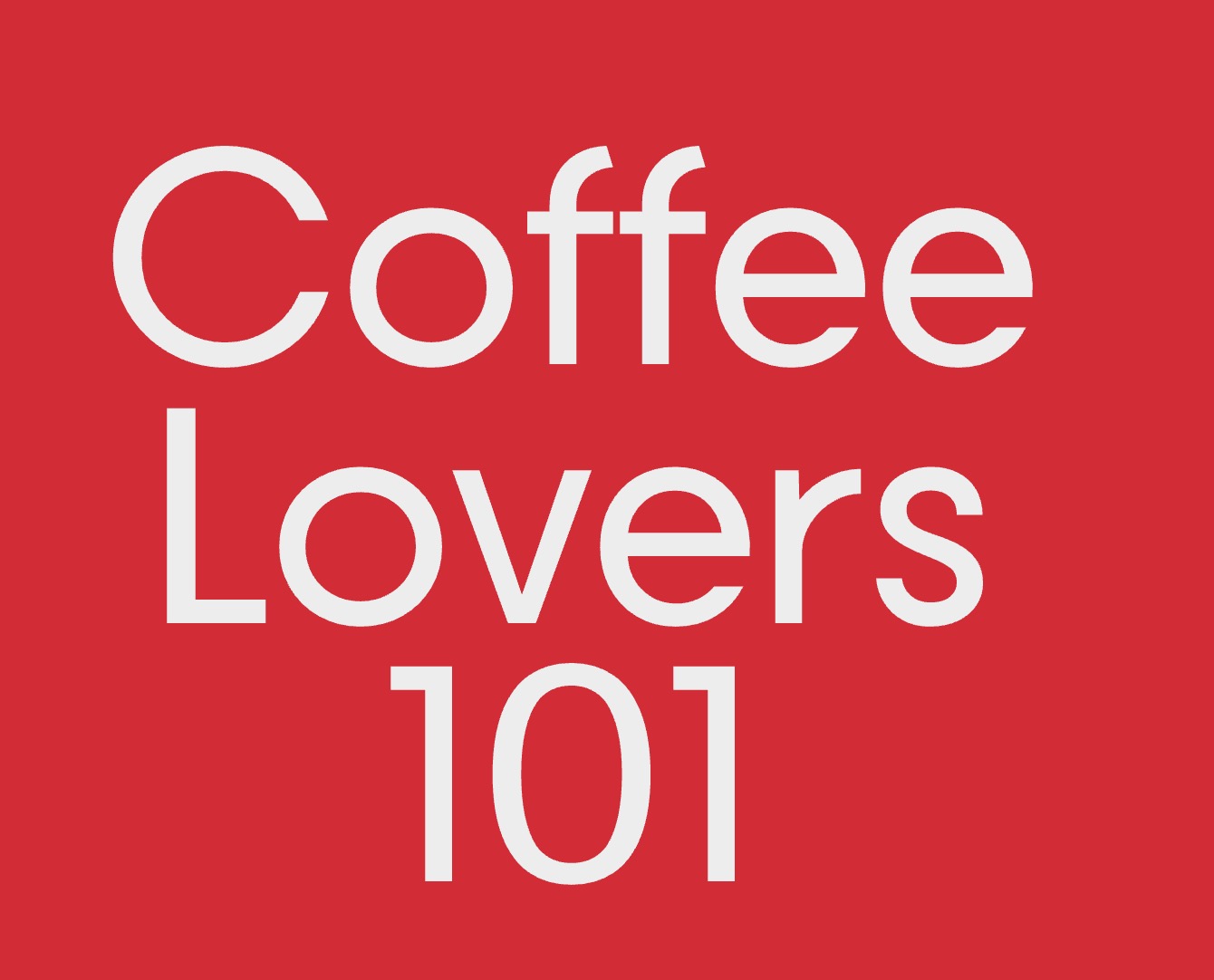Free Vital Synth – Use Your Own Samples
There’s a new exciting wavetable that everyone is talking about! I recently downloaded this free synth wavetable and I was blown away by the groundbreaking UI and versatility of it! Not only is the experience incredible, but Vital also makes it possible to use and manipulate your own samples!
This video isn’t necessarily a tutorial but rather a way to showcase how important field recordings are as “base” or “source” for any creative sound endeavor.
I hope you have fun watching me showing you around Vital while using the field recordings I’ve captured around the world! I discovered Vital because I watched several great tutorials from In The Mix and Venus Theory. After using it myself I thought why not make a video about it and let you know my thoughts.
- Free To Use Sounds All in One Sound Library
- My Bandcamp Full Discography
- Free Sound Libraries










